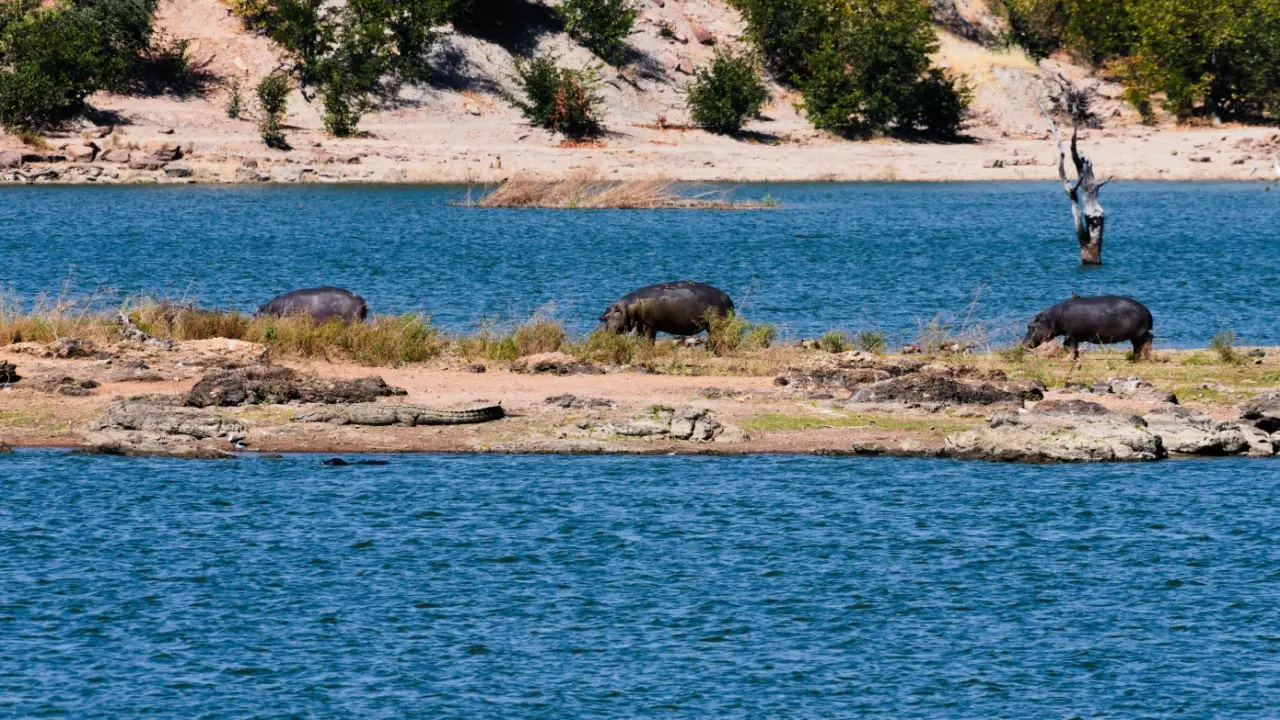Brief History
Hwange National Park was established in 1928 as the Wankie Game Reserve, Wankie being the colonialist’s version of Hwange, and at 14,600 sq km in area it is the largest National Park in Zimbabwe. It lies in the north-west of the country, a short drive from the main road that links Bulawayo and Victoria Falls and forms part of the Kavango–Zambezi Transfrontier Conservation Area, the huge conservation complex that spans five countries.
In the first half of nineteen century this area was the royal hunting area of King Mzilikazi, founder of the mighty Matabele kingdom. Unfortunately, during the second half of the same century, the wholesale slaughter of wildlife largely by newly arrived colonialists, reduced the animal population dramatically and by the time the National Park was established very few animals were left.
With the provision of artificial waterholes in this largely arid area and the restriction that was enforced on hunting, the animals moved back slowly and multiplied to the point where, almost one hundred years later, the population of elephants is greater than the park can comfortably sustain.
A Big Five Park
Although it is a “Big Five” park and has a bird list of over 400 species, Hwange is not as overrun with tourists as most of the southern African parks, which makes for a more enjoyable visit.
We were treated to excellent sightings of animals ranging from tree squirrels and rock rabbits to African Buffalo and Elephants, but it was mainly the birds that kept us enthralled. Our camp site was visited by one group of birds after the other: Southern White-crowned Shrikes, Red-billed Buffalo Weavers, White-crested Helmet Shrikes, Fork-tailed Drongos, Bearded Woodpeckers and the usual assortment of small seed-eaters like waxbills and white-eyes.
In the early morning an African Goshawk came cruising by and was very quickly mobbed and unceremoniously escorted from the area by a group quite aggressive of Fork-tailed Drongos.
Antics at a Waterhole
Later in the day we spent a very pleasant few hours at one of the bigger dams, watching the antics of a large herd of elephants, including several very small youngsters. Their stampede across the plain to reach the water was very dramatic, with ears flapping and trunks waving, and watching the young elephants slip-sliding on the slope to the water provided the mornings comic relief. At least one of the babies was still being breast fed.
The water hole is home to a large pod of hippos, which were out of the water and feeding in the grasslands, and a troop of Chacma Baboons was playing and feeding nearby. Some of the antelope that came along to the waterhole were Kudu, Impala and Steenbok.
The campsite
The campsites at Main Camp are clean and well maintained, with water nearby, but are not provided with electricity. The ablution and toilet facilities are communal. The roads in the park can be very sandy and rutted but are quite passable in the dry season.




Recent Comments